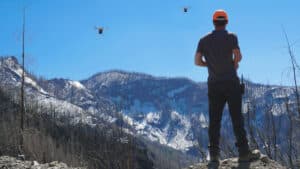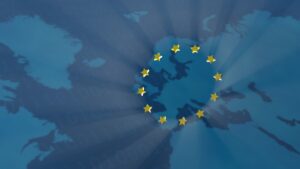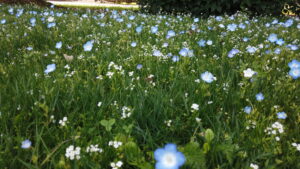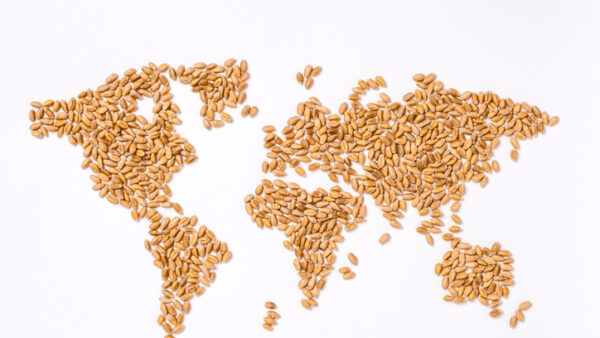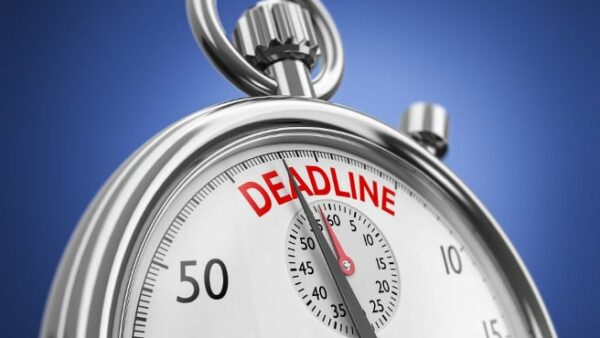Wildfire is a natural and necessary part of western ecosystems, renewing and revitalizing native landscapes by clearing old brush, returning nutrients to the soil, and stimulating plants to germinate. Here in the Great Basin, our native sagebrush-based ecosystems have adapted over millennia to the rhythm of periodic fire events, which are critical to maintaining and restoring species biodiversity of both plants and animals. What has changed in recent years, however, is the frequency and severity of western wildfires. Whereas natural wildfire used to average a 60-110 year return interval in the Great Basin, today wildfire cycles through many areas as often as every three to five years, and at much higher intensities than in the historic cycles. Such frequent and intense wildfire is brutal to the biodiversity of these sensitive environments, and poses a significant threat to human health as well, negatively effecting both air and water quality.
The current trend of massive annual fire seasons is the result of various compounding factors. Generations of fire suppression has allowed vegetation to accumulate to unprecedented levels on many western landscapes. When these unnaturally high fuel loads are accompanied by climate change, record heat, large scale drought, and invasive weeds that serve as both tinder and accelerant, the table is set for the massive wildfire seasons we see in recent years. In the Great Basin, cheatgrass (or Downy brome) is the primary weed culprit contributing to increased wildfire frequency, scale, and intensity. An invasive annual grass, it spreads aggressively, grows rapidly and produces a thick carpet of fine, dry fuel: the perfect tinder for frequent, high intensity fires. With shorter amounts of time to recover between these new fire cycles, native grasses and slow-growing sagebrush are unable to re-establish and cheatgrass dominates relentlessly, resulting in further chronic and catastrophic wildfire. Already, cheatgrass is a virtual monoculture across more than 100 million acres of Great Basin landscapes which previously boasted healthy, diverse, and ecologically functional sagebrush ecosystems.
To tame these increasingly frequent blazes, effective fire mitigation requires a team effort that hinges on promoting healthy, diverse, natural ecosystems.
Interrupting today’s unnatural fire cycles depends on multiple players – native seed growers, policy makers, federal and state land managers, private landowners and more – not just reacting to fire events, but actively working together to reclaim native landscapes impacted by wildfire and overwhelmed by weedy species such as cheatgrass.
The native seed industry is working with government agencies – federal and state organizations that together manage over 250 million acres of public lands in the western United States – to proactively get ahead of cheatgrass by seeding native plants and restoring species biodiversity. While restoring the native plant communities of the Great Basin won’t solve 120ᴼF days, seeding native species and effectively managing cheatgrass can make a critical difference toward reducing the frequency and intensity of wildfire events in these vulnerable ecosystems, while also protecting crucial watersheds and mitigating potential devastation in wildland-urban interfaces.



